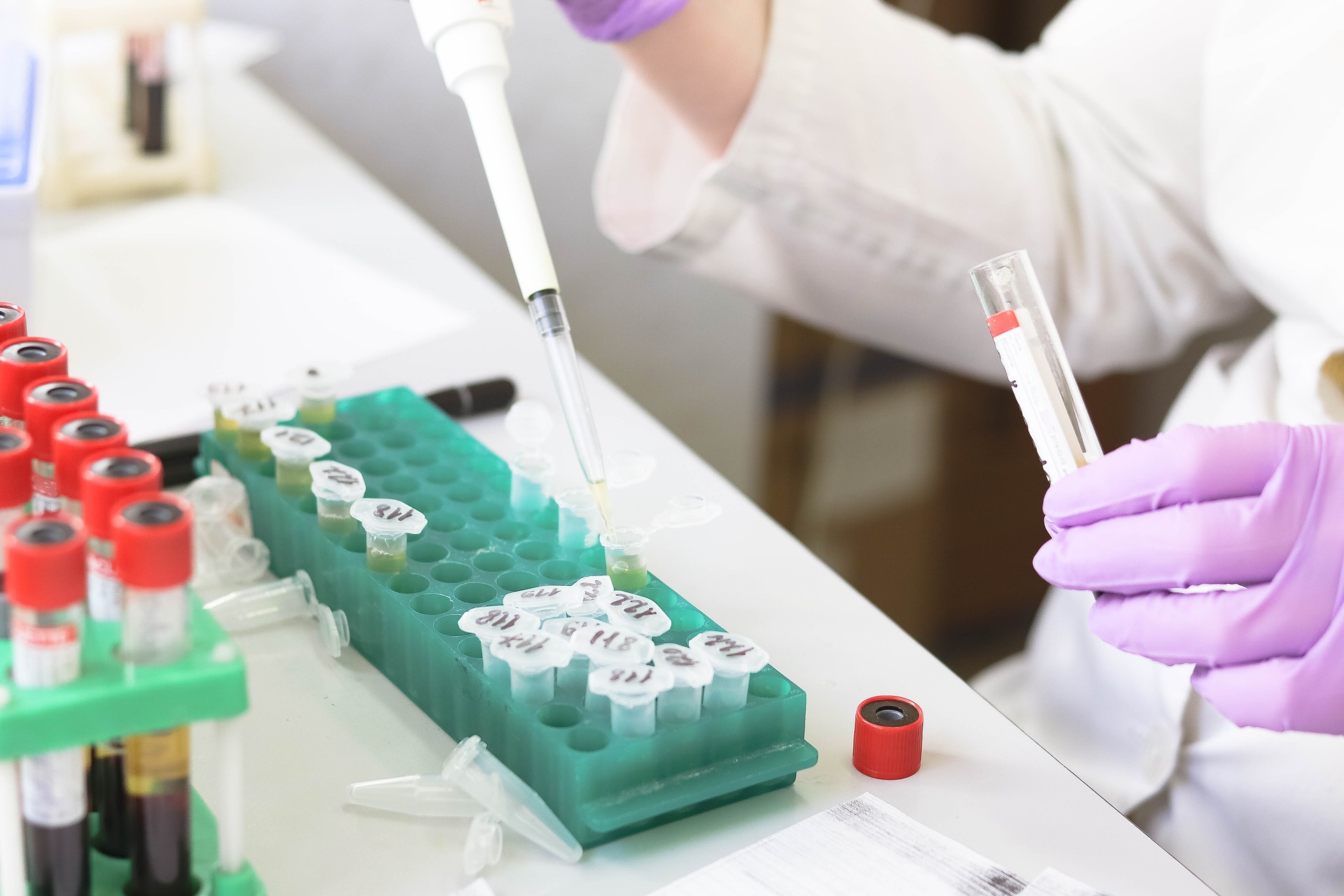Abstract
Biosafety was introduced in the biomedical agenda 30 years ago from the socio-health impact of HIV / AIDS, unlike microbiological areas, in the biomedical areas the risk is structured based on the type of procedure and not on biological agents, which in general correspond to risk group 2. There is a high level of risk in the institutions measured through the impact of fundamentally puncture biological accidents. Biomedical procedures are learned during undergraduate university education and subsequently perfected.
The objective of the present work was to evaluate the insertion of Biosecurity at the level of the undergraduate education considering the existence of specific subjects in biomedical careers.
Has been analyzed nine public universities that contribute together almost 62% of the graduates, where 89 biomedical degrees are dictated, has been found a very low level of academic inclusion of specific subjects in biosafety less than 0.35% of the total. Only nine specific academic subject have been found about a total of 2,692; Four universities do not have any academic subject specific, another four only one per university and the Universidad Nacional del Litoral which offered our specific subjects constituting the 1.14% of the total number of subjects .
This remarkable low academic inclusion of specific subjects during the training could explain the level of biological uncertainty existing in the field of biomedical areas.
A confirmation of this hypothesis is the alarming numbers of SARS Cov 2 contagion that occurred during the COVID pandemic, which represent approximately 12.9% of all infections, but when recalculated taking into account the size of the population of health personnel, it is notes that they have a Relative Risk 16 times higher than the general population.

